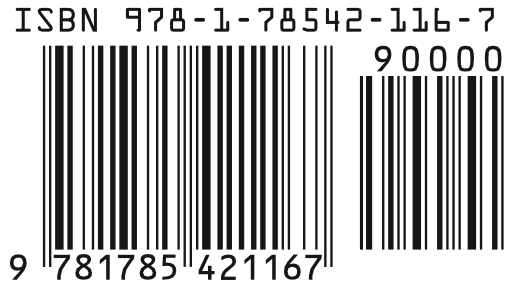Difference between revisions of "BackCover"
| (13 intermediate revisions by 3 users not shown) | |||
| Line 1: | Line 1: | ||
| − | + | '''DATA browser 08<br>VOLUMETRIC REGIMES:<br>Material cultures of quantified presence''' | |
| − | Edited by Possible Bodies | + | Edited by Possible Bodies |
| − | 3D computation has historically co-evolved with Modern technosciences, and aligned with the regimes of | + | 3D computation has historically co-evolved with Modern technosciences, and aligned with the regimes of optimization, normalization and hegemonic world order. The legacies and projections of industrial development leave traces of that imaginary and tell the stories of a lively tension between “the probable” and “the possible”. Defined as the techniques for measuring volumes, volumetrics all too easily (re)produce and accentuate the probable, and this process is intensified within the technocratic realm of contemporary hyper-computation. |
| − | This book brings together diverse materials from an ongoing conversation between artists, software developers and theorists working with techniques and technologies for detecting, tracking, printing, | + | This book brings together diverse materials from an ongoing trans*feminist conversation between artists, software developers and theorists working with techniques and technologies for detecting, tracking, capturing, printing, modeling and rendering volumes. |
CONTRIBUTORS: | CONTRIBUTORS: | ||
| − | Manetta Berends, Sophie Boiron, Maria Dada, Pierre Huyghebaert, Phil Langley, Nicolas Malevé, Romi Ron Morrison, Simone C | + | Manetta Berends, Sophie Boiron, Maria Dada, Pierre Huyghebaert, Phil Langley, Nicolas Malevé, Romi Ron Morrison, Simone C Niquille, Possible Bodies, Helen V. Pritchard, Blanca Pujals, Jara Rocha, Sina Seifee, Femke Snelting, Spec, The Underground Division, Kym Ward |
[http://www.data-browser.net www.data-browser.net] | [http://www.data-browser.net www.data-browser.net] | ||
| − | < | + | <div class="barcode"> |
| − | + | [[File:Barcode.png]] | |
| − | < | + | </div> |
| + | <div class="logo-ohp"> | ||
| + | [[File:OHP-logo-title.png]] | ||
| + | </div> | ||
Latest revision as of 15:46, 30 August 2022
DATA browser 08
VOLUMETRIC REGIMES:
Material cultures of quantified presence
Edited by Possible Bodies
3D computation has historically co-evolved with Modern technosciences, and aligned with the regimes of optimization, normalization and hegemonic world order. The legacies and projections of industrial development leave traces of that imaginary and tell the stories of a lively tension between “the probable” and “the possible”. Defined as the techniques for measuring volumes, volumetrics all too easily (re)produce and accentuate the probable, and this process is intensified within the technocratic realm of contemporary hyper-computation.
This book brings together diverse materials from an ongoing trans*feminist conversation between artists, software developers and theorists working with techniques and technologies for detecting, tracking, capturing, printing, modeling and rendering volumes.
CONTRIBUTORS:
Manetta Berends, Sophie Boiron, Maria Dada, Pierre Huyghebaert, Phil Langley, Nicolas Malevé, Romi Ron Morrison, Simone C Niquille, Possible Bodies, Helen V. Pritchard, Blanca Pujals, Jara Rocha, Sina Seifee, Femke Snelting, Spec, The Underground Division, Kym Ward

